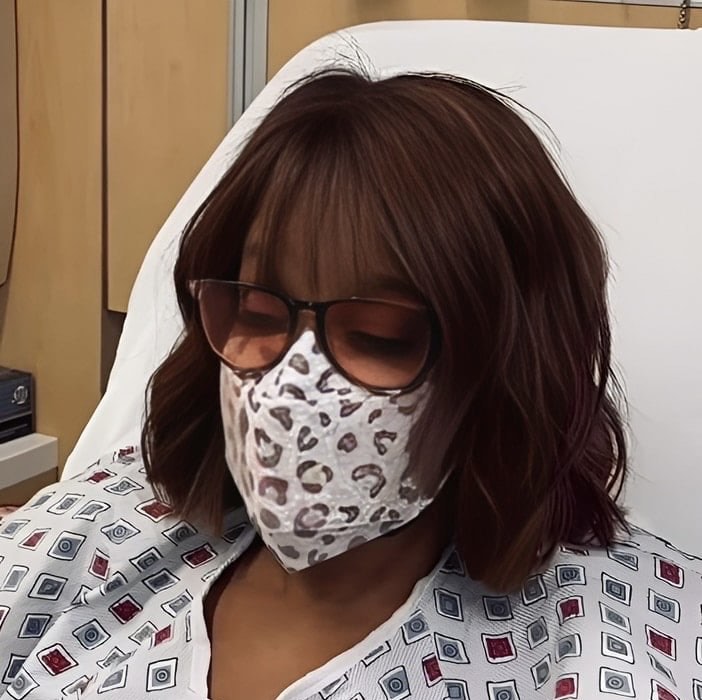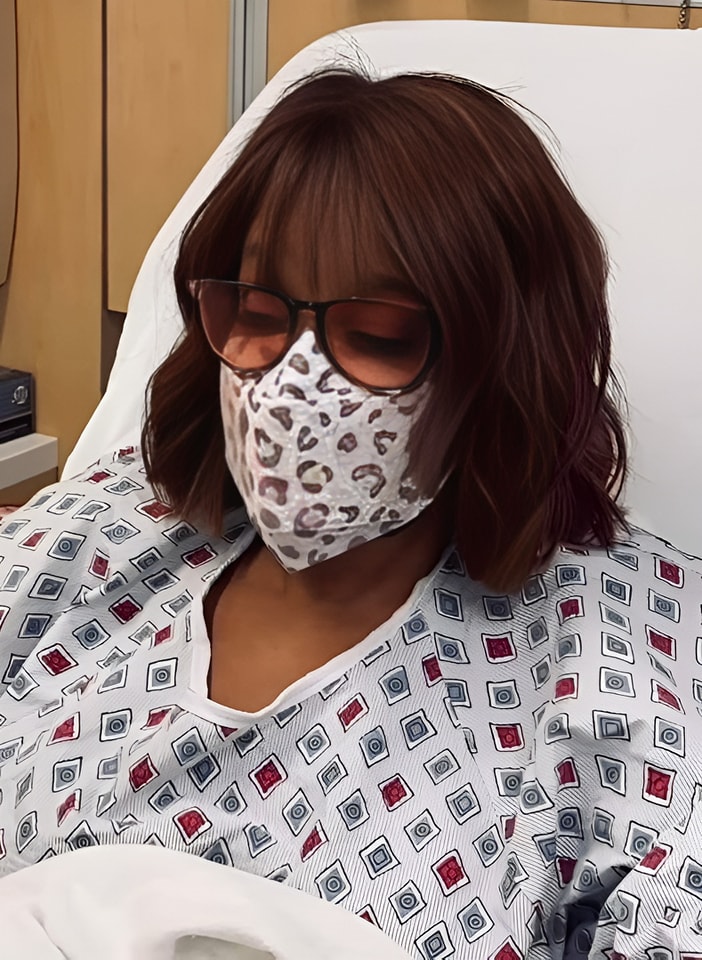
The Meaning Behind the ‘WC’ Sign: A Journey Through Bathroom Terminology
Have you ever noticed the letters WC outside a public restroom and wondered what they stand for? You’re not alone—people across the globe often puzzle over this cryptic abbreviation.
The Mystery of WC
Simply put, WC stands for water closet, a term historically used to describe a small room containing a toilet and sometimes a sink. While this might clarify the letters, it doesn’t exactly make the term feel more logical—similar to how “restroom,” “bathroom,” or “loo” can seem perplexing in their own right.
In 2020, a TikTok video featuring a couple named Shelby and Dylan hilariously highlighted the differences in bathroom terminology between Americans and Canadians. Walking past a sign reading washroom, Dylan quipped:
“What in the world is a washroom? And what are they washing in there? Oh, it’s a restroom. The only thing I wash in there is my hands.”
Shelby, off-camera, cheekily countered, “Do you rest in a restroom?”—to which Dylan admitted: “Good point. They both don’t make much sense.”
The video sparked a lively online debate about what to call the sacred space. Some commenters preferred “bathroom,” while others leaned toward “toilet,” “washroom,” or “restroom.”
One person humorously recounted a Disneyland visit where asking for the washroom led them to the laundromat. Another chimed in with, “Wait until he finds out about water closets.”
What Is a Water Closet?
According to Merriam-Webster, a water closet refers to “a compartment or room with a toilet” or “a toilet bowl and its accessories.”
Historically, the term reflects a time when specific rooms served distinct purposes. Bathrooms were for bathing, restrooms for resting or grooming, and the water closet for, well, using the toilet. As indoor plumbing became more common in the late 19th century, these spaces gradually merged into the modern bathroom we know today.
The water closet, however, often remained a separate, enclosed room in some homes and public spaces, particularly in Europe and international facilities. You’ll frequently spot the abbreviation WC in airports, hotels, or restaurants, catering to a globally diverse audience.
WC Across Cultures
Online forums like Reddit often dive into the quirks of global bathroom terminology. One post posed the question, Why is a public WC called a bathroom if there’s no bath?
A user responded:
“Americans might ask, ‘Why is it called a WC if it isn’t even a closet?’”
Others shared cultural takes:
- In Russian, it’s referred to as a room without windows, even if there’s a window.
- In Esperanto, it’s necesejo, meaning “necessary place.”
- Canadians frequently use washroom, which is also popular in parts of the U.S. Midwest.
Restroom vs. Bathroom vs. Washroom
The terminology debate continues, with many feeling washroom is the most logical since washing happens there. Meanwhile, terms like restroom or bathroom remain euphemisms.
One Redditor summed it up best:
“Best one, I think. You should be washing in there—not resting.”
What Do You Call It?
Whether you say WC, restroom, bathroom, toilet, or washroom, everyone has a favorite term. What’s yours? Share your thoughts, and don’t forget to spread this story to find out what others think!
A famous star was hospitalized.

A representative for Oprah Winfrey just revealed on Instagram that the author will be making an appearance on CBS Mornings to discuss her most recent book recommendation.Sadly, over the weekend, the well-liked host contracted a stomach virus.Gayle King assumed command and gave the reason behind Winfrey’s absence.A spokesman for Winfrey told CNN in a statement on Tuesday that “Ms. Winfrey is recovering from a stomach virus and was given an IV due to dehydration at the recommendation of her doctor.”

“She is getting more rest and improving every day.”Winfrey admitted to her best friend and journalist that she “couldn’t keep enough water down to stay hydrated” in a video chat that was shared on Gayle King’s Instagram page. This ultimately caused Winfrey to visit the hospital.King assured viewers that despite the health setback, Winfrey will eventually “be OK.”

She said, “I hope sharing that detail doesn’t bother her.”During a joint interview with the New York Times in January, Winfrey and King expressed their deep relationship and gave one other high accolades.She tells the truth with brutality. Even if it’s not what you want to hear,” King once observed in reference to Winfrey.

“[We] really, really enjoy each other.”In January of last year, Winfrey demonstrated that, at seventy, she is still in excellent physical shape.The media titan was seen running on the beach with her dog and another woman in the footage that she shared on Instagram.She thanked everyone who had sent her birthday greetings in the caption, praising health as the greatest gift.



Leave a Reply